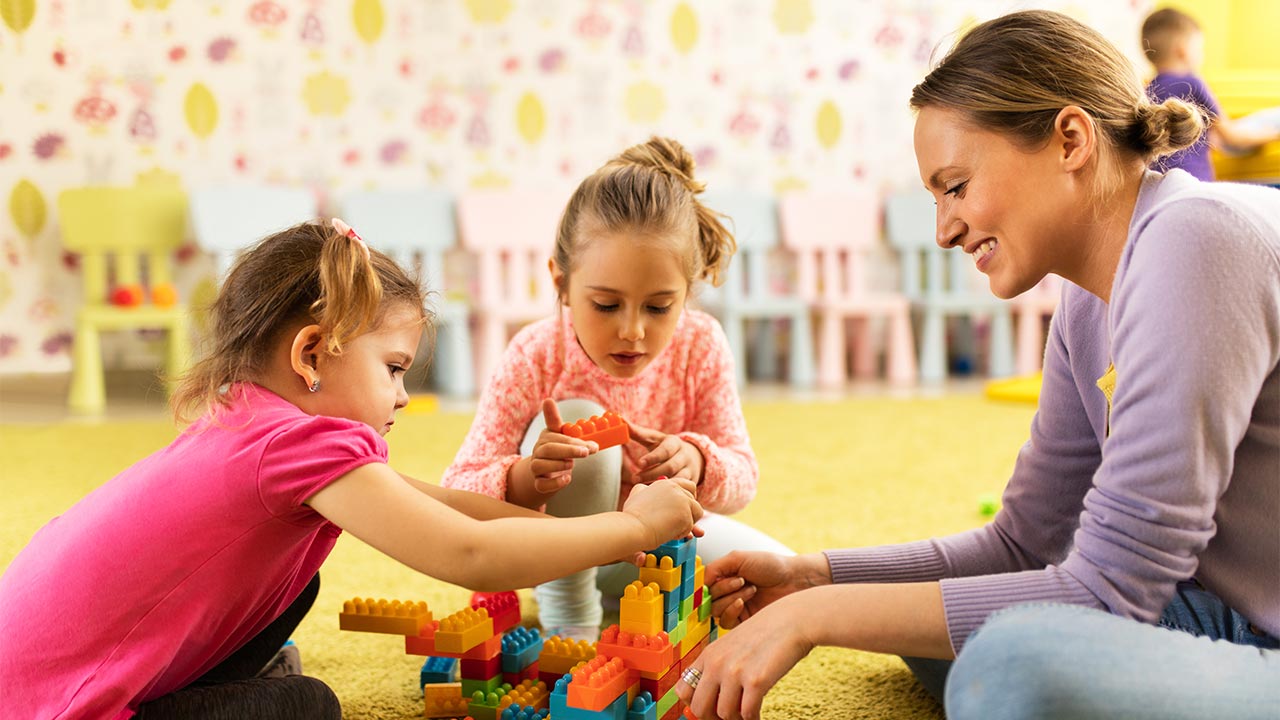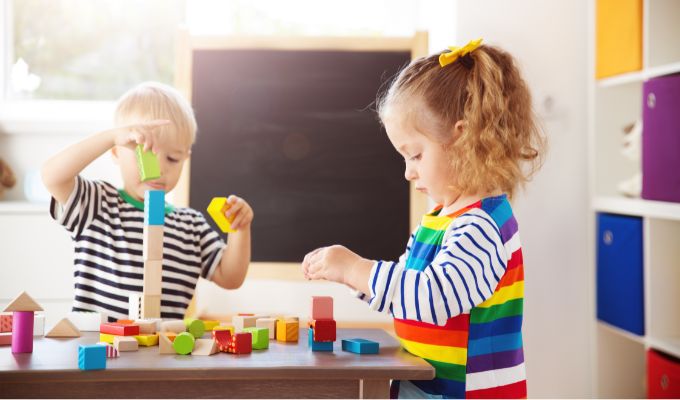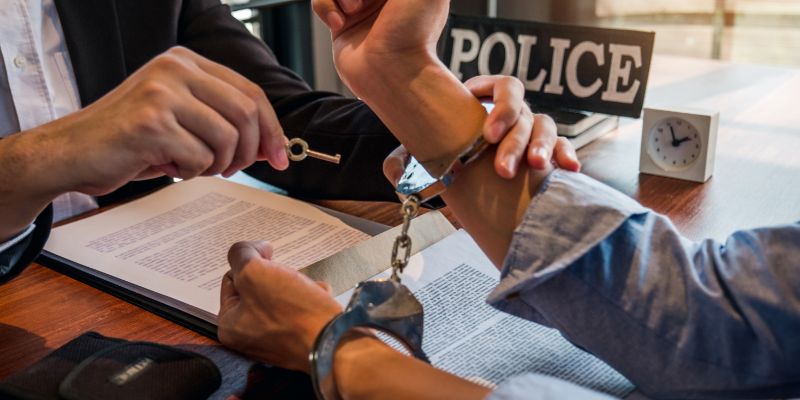How Do Educational Toys Help Children Learn Better?

Educational toys can be the best way to help children learn. They allow children more opportunities to explore, experiment, and play than traditional toys. Educational children’s toys are great for children and are also fun. They can help with reading, writing and math skills, and they can also teach kids about science, history and more.
Educational Toys Help Toddlers Learn How to Work Toward a Goal
Toddlers learn how to work toward a goal by playing with toys with an end goal. An example would be a toy with a bell on top, in which the toddler has to push down on the bell and hear it ring.
This type of toy teaches toddlers about cause and effect through repetition and makes them feel good about themselves when they accomplish something new, like ringing the bell or making music with their own hands. Some educational toys can even teach toddlers about animals or letters, numbers, shapes and colours if they come apart so your child can put them back together again like puzzles.
Children Can Learn Cause and Effect From Their Toys
When children play with toys, they learn how to cause events to happen. For example:
- Toys that make noise or move when touched are one way for children to see the effects of their actions.
- When a child pushes down a button and hears music play, they learn that pressing the button causes the music to play.
- A toy that responds when something is placed in it.
Toys With Bright Colours Teach Children How to Identify Colours
Colour recognition is one of the most important things to learn as a child. Children need to be able to distinguish between colours so they can recognise them and use them in everyday life. Colour recognition is also essential to learning about the world around them as children begin to see objects with different colours and know what these colours mean.
Colours are learned by association: when you associate particular objects with specific colours, such as red apples or yellow bananas. This helps your child understand what specific colours mean just by associating them with something they already know.
Toys That Come Apart Are Great for Teaching Spatial Relations

Spatial relations are the ability to grasp objects in three dimensions mentally. For example, children can be shown two drawings of cubes and asked to pick out a larger cube. This involves understanding that there are three sides to a cube and that each side can be longer or shorter.
Spatial relations are essential for learning math because they help children understand shapes, sizes, numbers and other abstract concepts. They also help improve problem-solving skills and fine motor control (the ability to use small muscles).
For example, toys that come apart can improve spatial relations because they make kids think about how things fit together before they take them apart. Another way these toys can improve spatial relationships is by helping kids learn how objects change when moved around relative to one another – or what happens when you turn an object around on its axis or flip it over, so the bottom becomes its top (a process known as rotation).
Playing Is Learning
Playing is one of the most effective ways for children to learn. Toys are a big part of that process, as they can be used in multiple ways to teach children about their world and how it works. They also provide a safe way for children to explore solutions to problems, practice social skills, and engage with others.
Toys come in all shapes, sizes and materials but what really counts is how you use them. When played with regularly (and especially when you encourage them), toys give children an opportunity to practise essential life skills that will serve them well at home and school.
It’s easy to feel overwhelmed by the number of educational children’s toys available. But if you keep critical concepts like spatial relations, cause and effect and colours in mind, you can choose toys that will help your child learn more effectively.



